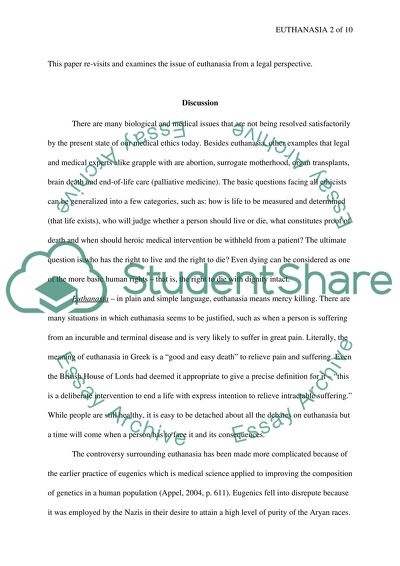Cite this document
(“Controversial legal issue Essay Example | Topics and Well Written Essays - 2000 words”, n.d.)
Retrieved from https://studentshare.org/environmental-studies/1408374-controversial-legal-issue
Retrieved from https://studentshare.org/environmental-studies/1408374-controversial-legal-issue
(Controversial Legal Issue Essay Example | Topics and Well Written Essays - 2000 Words)
https://studentshare.org/environmental-studies/1408374-controversial-legal-issue.
https://studentshare.org/environmental-studies/1408374-controversial-legal-issue.
“Controversial Legal Issue Essay Example | Topics and Well Written Essays - 2000 Words”, n.d. https://studentshare.org/environmental-studies/1408374-controversial-legal-issue.


